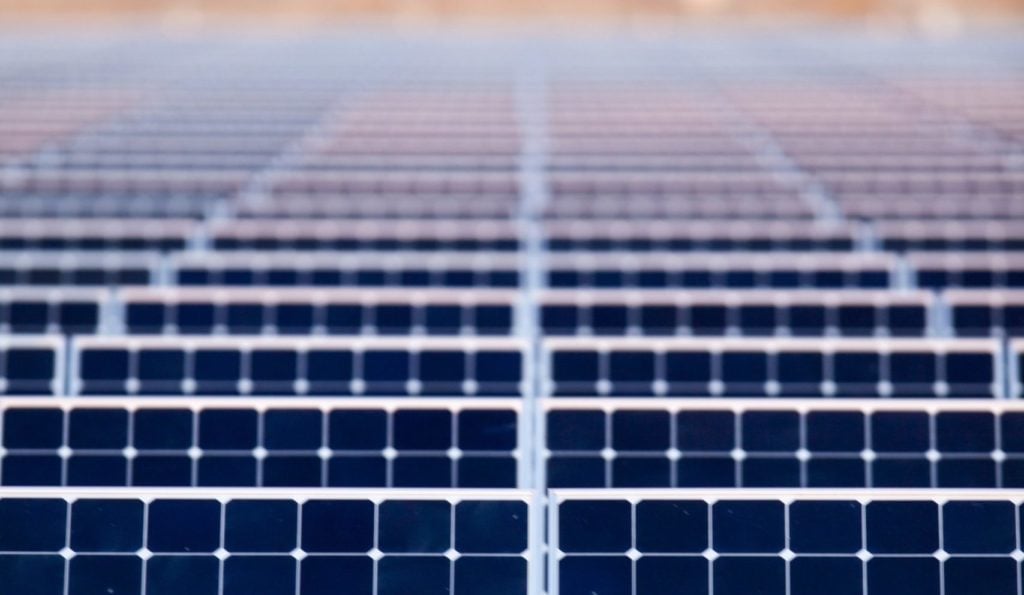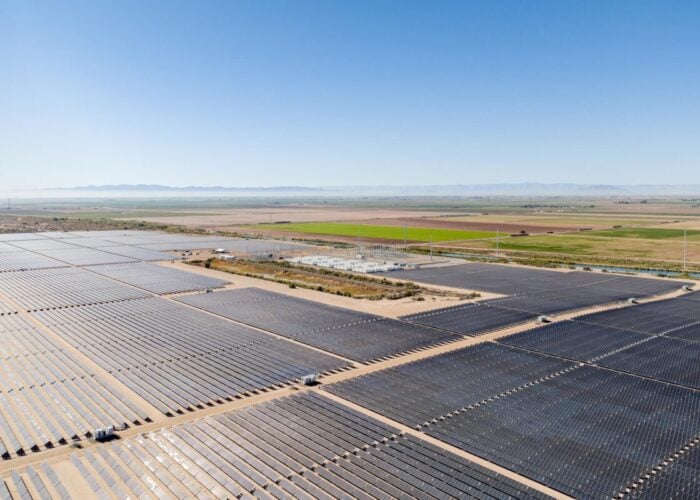
US renewables production reached an all-time high in the first half of the year, according to a Sun Day Campaign analysis that drew on new data from the US Energy Information Agency (EIA), with solar generation rising by almost 25%.
Renewable sources of energy – solar, wind, biofuels, biomass, geothermal, hydropower – accounted for 12.91% of energy produced for electricity, transportation, heating and other uses. It also accounted for 12.71% of energy consumed.
Try Premium for just $1
- Full premium access for the first month at only $1
- Converts to an annual rate after 30 days unless cancelled
- Cancel anytime during the trial period
Premium Benefits
- Expert industry analysis and interviews
- Digital access to PV Tech Power journal
- Exclusive event discounts
Or get the full Premium subscription right away
Or continue reading this article for free
The figures come from the EIA’s latest monthly energy review with data running through to 30 June 2021.
A sharp drop in hydropower (down 12.59%) and smaller declines in geothermal (down 2.83%), and biomass (down 0.53%) were more than offset by growth in solar energy (up 24.02%), wind (up 9.96%), and biofuels (up 6.46%).
Wind is now the largest single renewables source (27.78%) in the US, followed by biomass (21.28%), hydropower (19.84%) and biofuels (17.11%). But solar, currently on 12.32%, is expected to increase substantially this decade after the US solar sector smashed multiple records in 2020, with installations predicted to more than quadruple by 2030.
The Solar Energy Industries Association (SEIA) has called for solar to reach 30% of all US electricity generation by 2030, which it said would require the solar sector to deploy more than 700GWdc over the next decade to have nearly 850GWdc of installed capacity.
Nonetheless, energy from fossil fuels still accounted for 78.69% of total US production and fossil fuel consumption during the first half of 2021 actually rose by 6.5% compared with 2020.
“The continued dominance of US energy production and use by fossil fuels and the corresponding rise in CO2 emissions is alarming,” said non-profit research and education group Sun Day Campaign’s executive director Ken Bossong. “Fortunately, renewable energy sources are slowly expanding their share of the energy market … but must accelerate far more rapidly if we are to avoid the worst consequences of climate change.”






